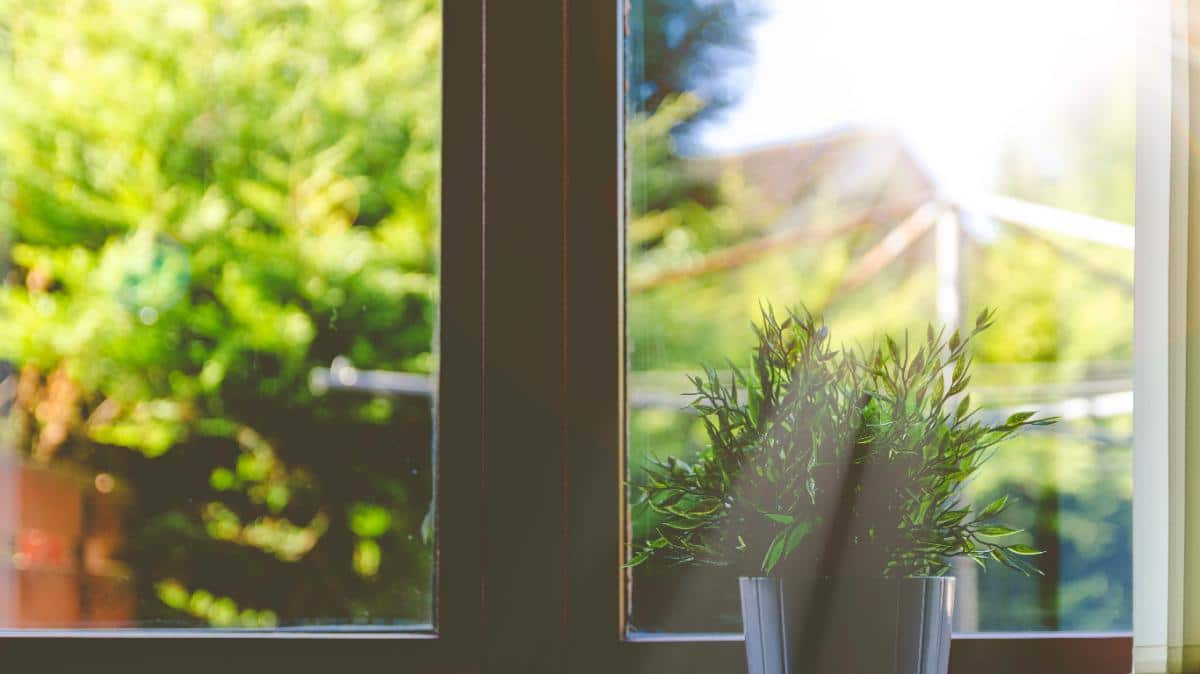
Can you recover a plant that has been burned by the sun? And one that has suffered a heat wave? Everything will depend on how serious the damage is, how long it has been exposed to the rays of the sun or high temperatures, and also the state of health it had before.
In general, we can say that if he was well and received the care he needed, he will have a better chance of survival. But this, based on my experience, is not always the case. Gardening is not a science exact, that is why prevention is important. However, If you want to know how to revive a plant burned by the sun, or at least try it, then I will explain it to you.
Identify damage caused by the sun and / or heat
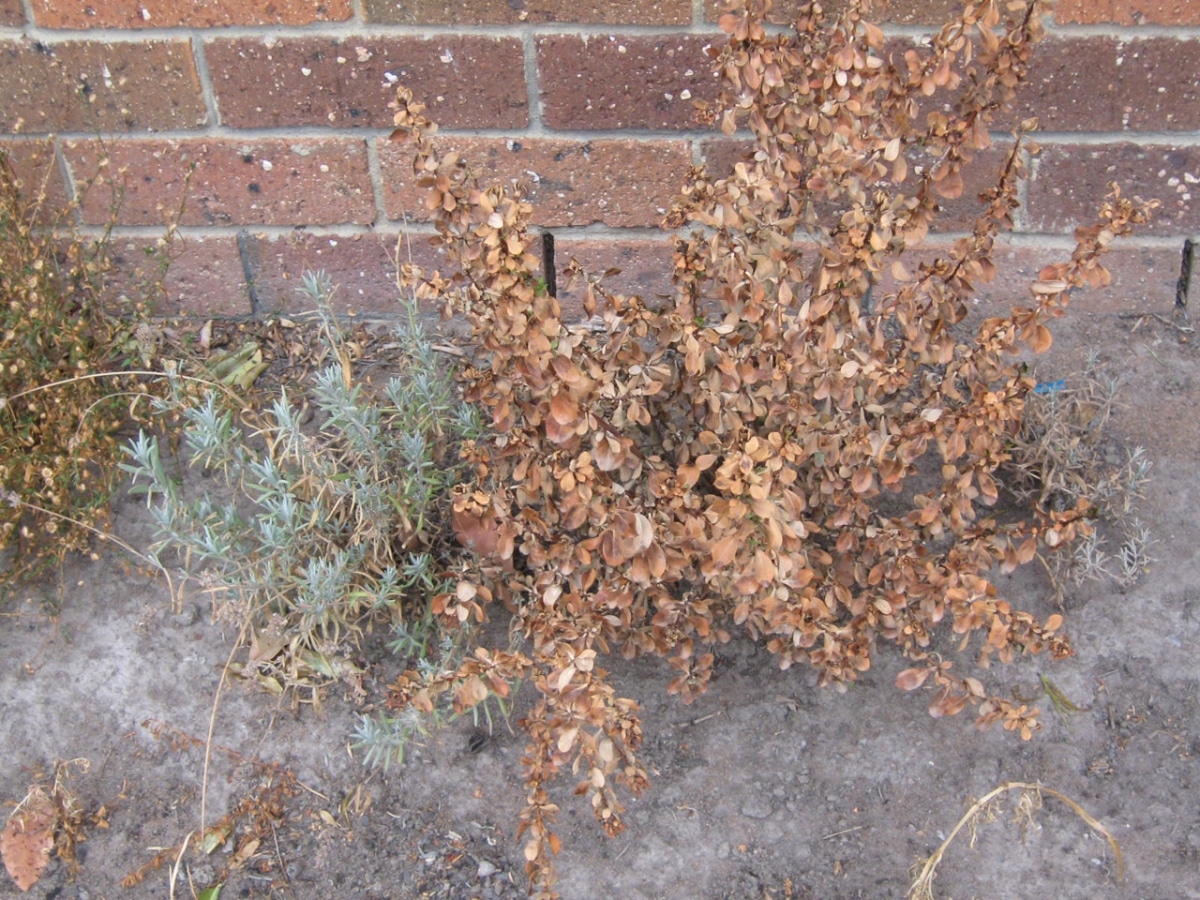
The first step to help our beloved plant is to identify the damage it has. If you have suffered from the sun or heat, it must be clear that the damage will appear the same day or the next day; that is, if the symptoms appear gradually, we can be sure that what you have is a pest, disease or another problem (for example, a excess irrigation that is causing the progressive death of some roots).
You could almost say that the same thing happens to the leaves of plants as to human skin when they are exposed to the sun without protection: they burn. We soon see that the most exposed skin becomes red, even heated; leaves usually react by turning brown. But this is not the only symptom that we can see:
- Fallen leaves, like "sad"
- Brown or burnt leaves
- Only some leaves may look bad
- If you have flowers, these will also fall
Keep the plant out of direct sun or windows
This is the second and most important thing to do. Although it is a plant that we know in advance that it has to be exposed to the sun directly, if it is burning it is probably because, either it is not acclimatized yet, or because it is hotter than it is used to bear. Because, we have to move them around; and if that is not possible, protect them with shading mesh.
Y The same will be done with those plants that are kept indoors near a window: the glass lets the sun's rays pass which when hitting the leaves causes the magnifying glass effect to occur, burning them; Hence, in these cases we only see that one side of the plant suffers damage while the other remains intact.
Special case: plants in shade that have suffered heat stress
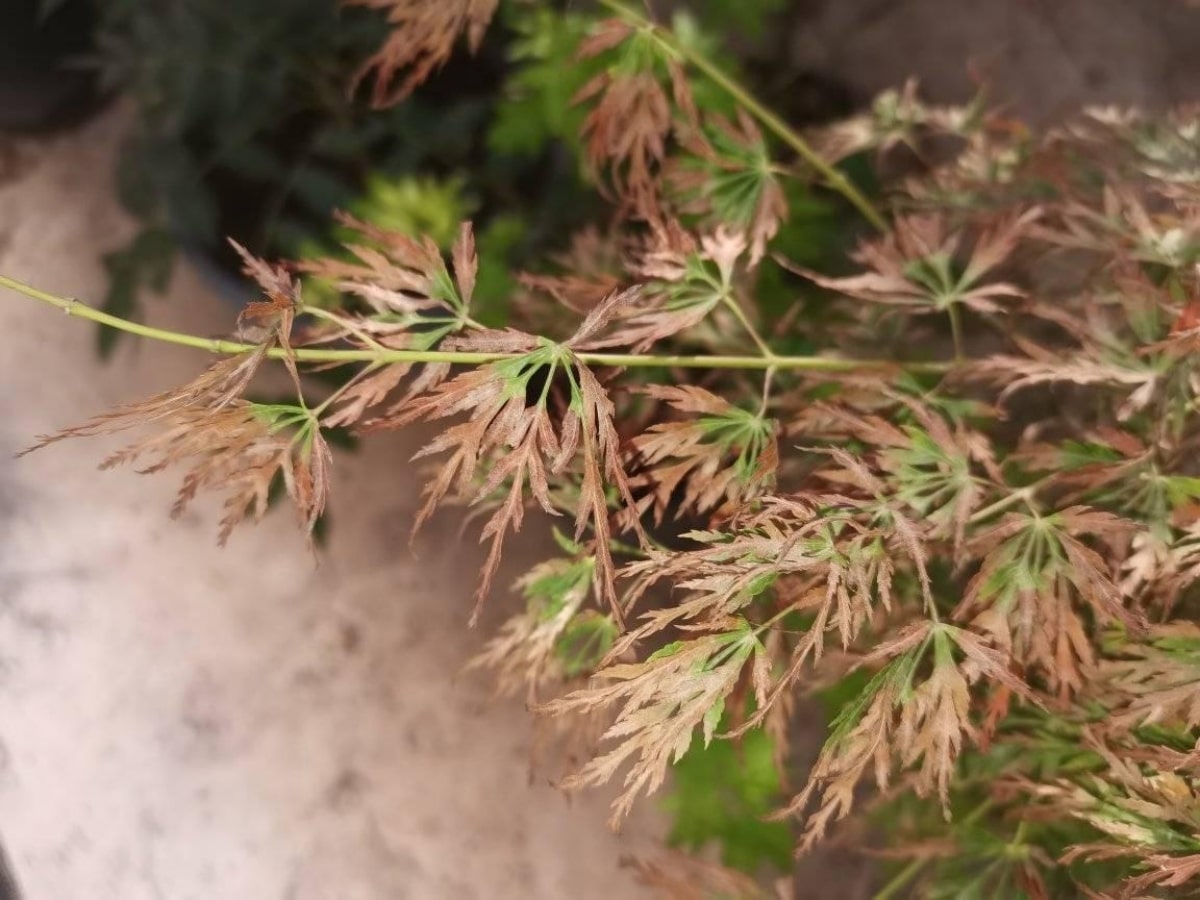
Acer palmatum 'Seyriu' from my collection.
If you cultivate tropical plants or from temperate climates in an area where heat waves are increasingly lasting and intense, surely you have noticed or are beginning to notice that the leaves do not finish adapting well to those conditions. For example, the Japanese maples in the Mediterranean have a hard time in summer, since they are not prepared to withstand days or weeks with tropical nights (that is, with minimum temperatures above 20ºC) and with maximums close to 40ºC. In addition, the sun in this region is very strong, to the point that it is still felt and in the shade.
What can we do in these cases? Well, what we will do is, if we can, take the plants to a cool and ventilated place (Yes, they have to be away from the air currents generated by the air conditioning unit and the fan). It can be a patio or terrace with a roof, or a shady corner of the garden. If the environmental humidity is low, we will have to spray its leaves with water daily to prevent them from dehydrating; in this way, the green parts that they conserve will serve them to carry out photosynthesis and, therefore, to maintain some strength to overcome the summer.
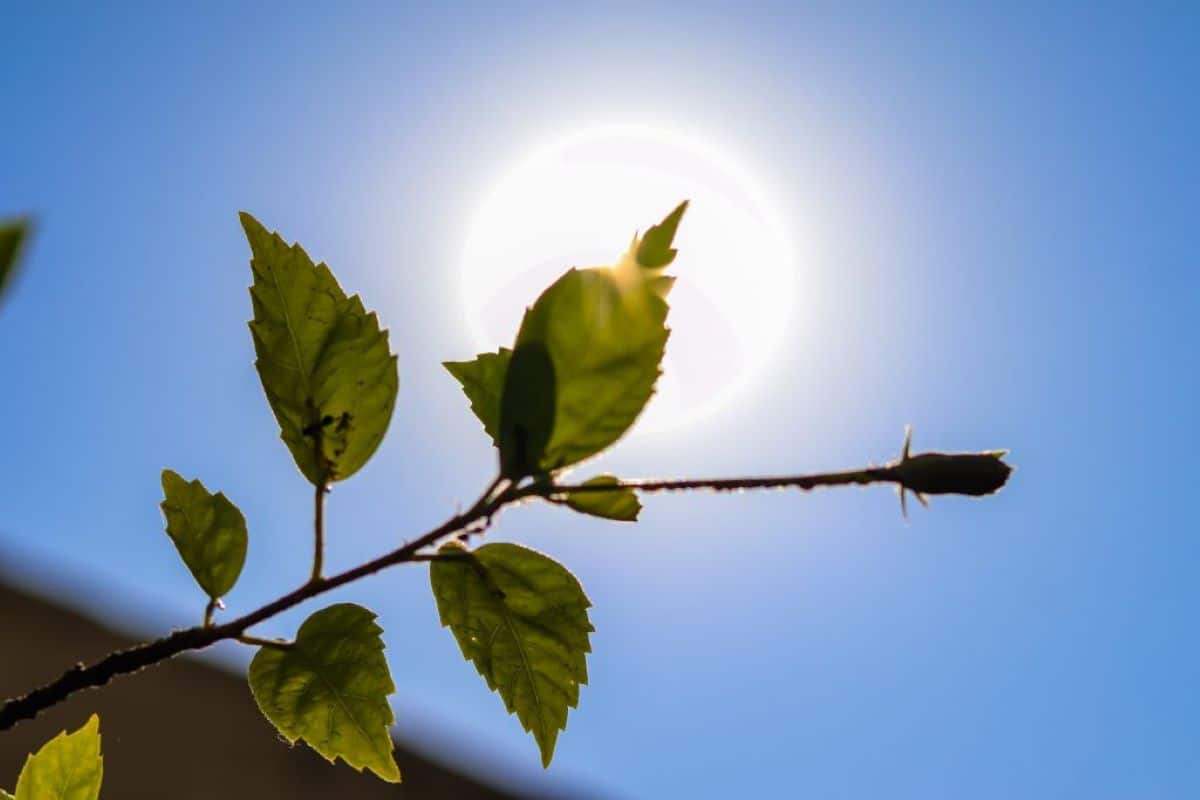
Fertilize your burned plants
Is it good to fertilize a diseased plant? Normally not, because it would be as if we were to feed a person with the flu a hamburger with potatoes: it would fill them up, yes, but perhaps it would not suit them as well as soup. But a plant that has fungi, for example, should not be treated in the same way as another that has suffered from the sun or heat, since they are two totally different problems.
The plant burned by the star king or that has heat, need nutrients. And it is that it may have lost a large number of leaves in a very short period of time (remember that the symptoms appear that same day or the next day), or that at least many of the leaves have lost chlorophyll, which is the pigment which serves to carry out photosynthesis, and they have ended up with dry ends.
But be careful: you do not have to give any type of fertilizer. In fact, rather than a fertilizer as such, it is preferable to give them a biostimulant (such as this) so your defenses stay strong. In the event that you have Japanese maples, magnolias, beech, or any other acid plant and you live in an area where summer is very hot, so I do recommend you pay them with a specific fertilizer for this type of plants (for sale here) following the directions on the package.
Be patient
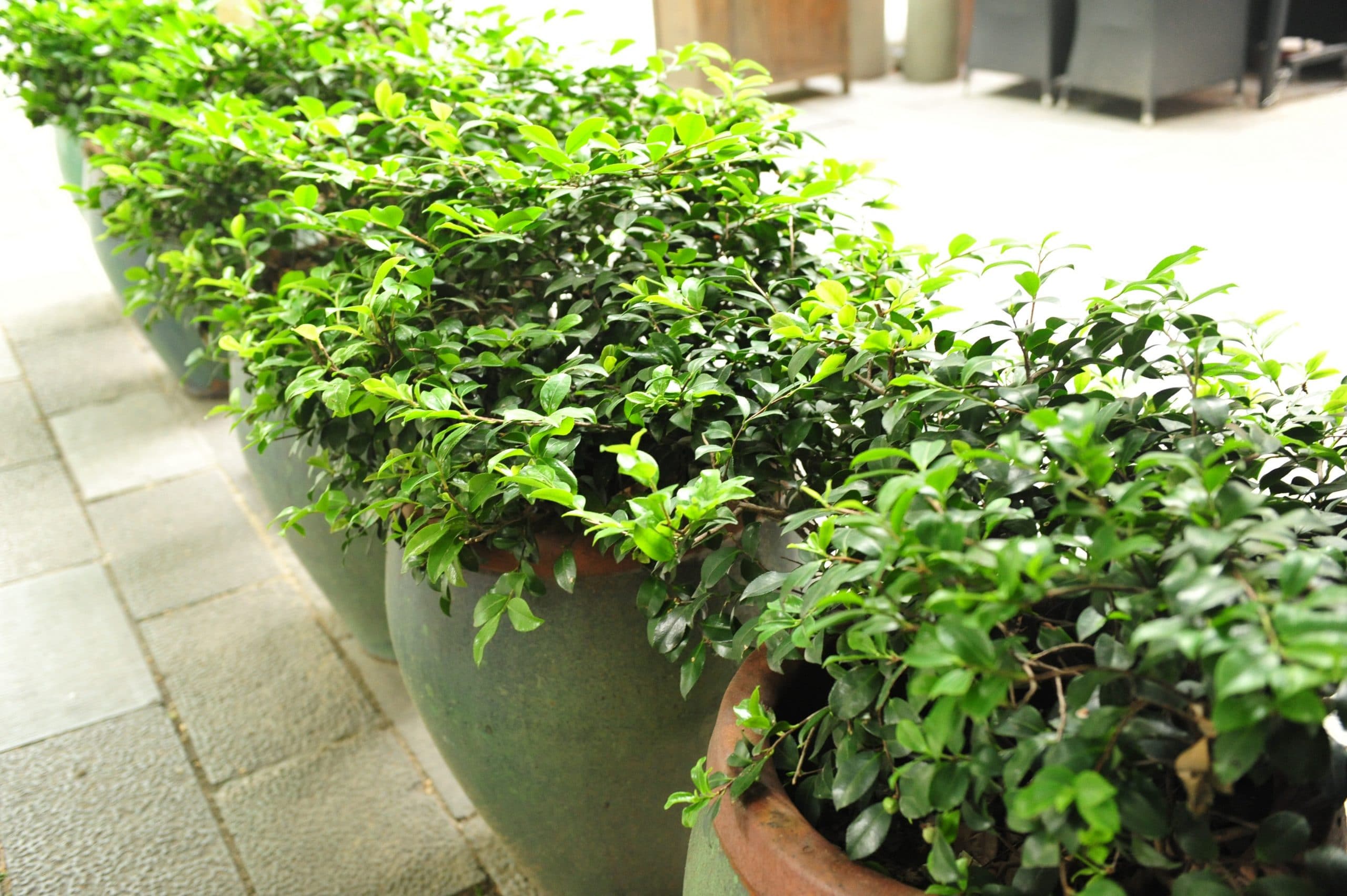
The last piece of advice I can give you is to be patient. Don't water more than you usually do (unless the soil dries faster), otherwise you would have another problem: the one caused by overwatering, and the roots would drown. But other than that, nothing more.
If you see that the burned leaves end up falling, do not worry: its normal. The biostimulant or compost will help the plants to grow new healthy leaves.
And encouragement. It is not always easy to recover a sunburned plant, but that does not mean it is impossible.